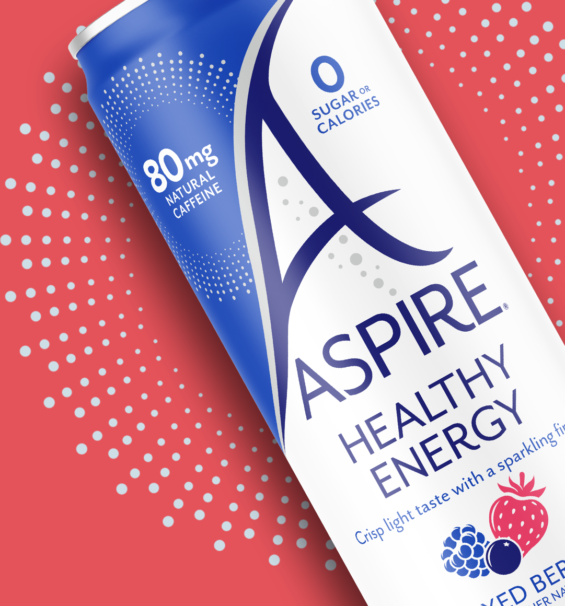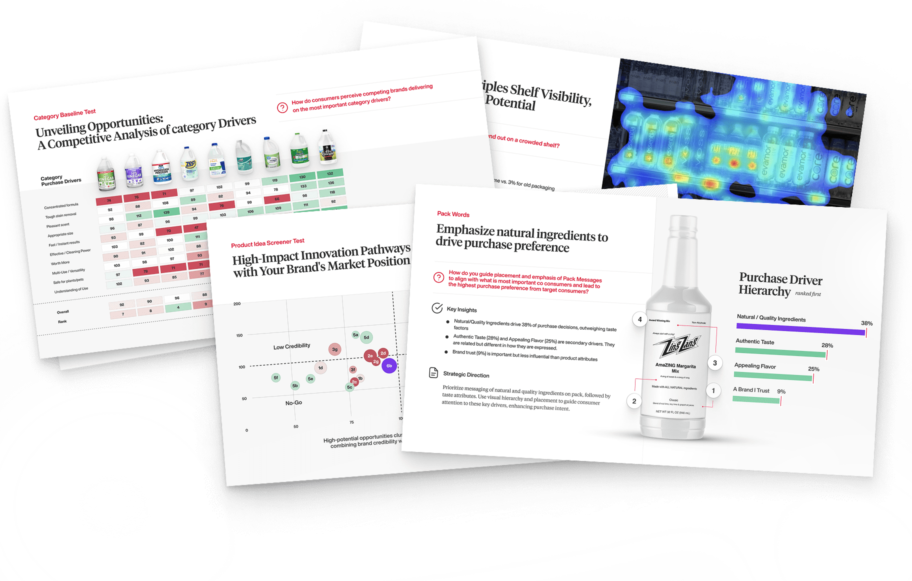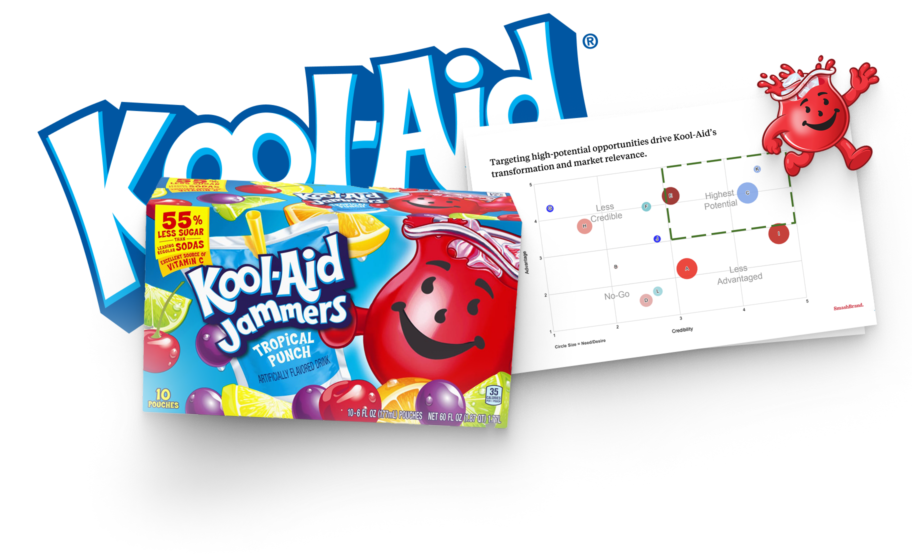Studies show that 30% of businesses see a revenue boost after improving their product packaging. But what exactly did they improve? The graphic design? The colors? The typography? Sure, those play a role. But there’s a critical factor brands often overlook—structural packaging design.
How a package stands, stacks, ships, and sells defines consumer experience, retail success, and market performance. A sleek box means nothing if its structural design makes it impossible to stack. A food packaging design that looks great but leaks? A complete disaster. A so-called innovative packaging design that frustrates consumers? Expect abandoned carts and lost sales.
Winning brands get it right. Pringles built a structural design that protects chips, stacks efficiently, and maximizes shelf space. Tetra Pak’s sustainable packaging (82% plant-based) transformed the beverage industry with a functional, space-saving, and eco-friendly packaging solution.
This guide explains why structural packaging is the silent sales driver and how the right packaging solution—from innovative design to function-first materials—can transform your brand’s performance.
What is structural packaging design, and why does it matter?
Most people think package design is all about looks. Colors. Logos. Graphics. But the truth? It’s the engineering behind the packaging structure—how it stands, stacks, ships, and protects what’s inside. Without the proper structure, even the most beautiful packaging fails where it matters most.
Form, function, and materials—more than just a box.
At its core, structural packaging design is about three things:
- Physical form – The shape, size, and ergonomics of the package.
- Functionality – How easy it is to open, hold, reseal, and store.
- Materials – The choice of material affects durability, cost, and sustainability, whether the container is a corrugated box, a flexible pouch, or a rigid container.
A structural designer doesn’t only consider aesthetics; they also evaluate how packaging performs during shipping, stocking, and handling. Poorly designed packaging structures can result in crushed products, messy spills, and frustrated consumers, leading to lost sales.
At SmashBrand, we don’t separate structure from design—we integrate them. Our structural design team works alongside branding, research, and testing experts to create winning packaging. We engineer package design to:
- Sell – Optimized for consumer appeal and usability.
- Survive – Built for real-world durability and supply chain efficiency.
- Scale – Designed for cost-effective production and sustainability.
That’s why we don’t just make the packaging structure look good. We make it work harder so your product sells faster.
Five structural packaging failures that kill sales.
A great product deserves great packaging. But even the best product will struggle to succeed if the structural design team gets it wrong. Weak packaging doesn’t just annoy consumers. It kills sales, creates waste, and costs brands valuable retail space. Here are five critical industrial design failures that brands can’t afford to ignore.
Weak protection – if it breaks, it won’t get repurchased.
Consumers expect a product to reach them in perfect condition. They won’t repurchase if it arrives broken, leaking, or crushed. Worse, they’ll associate your brand with poor quality. A solid structural designer considers:
- The right packaging material for durability.
- Fold techniques add strength without excess bulk.
- Custom packaging solutions for fragile or oddly shaped items.
A flimsy packaging structure leads to damaged goods and negative reviews. Sturdy, well-designed packaging? That leads to trust—and repeat purchases.
Hard to use – frustration leads to abandonment.
Have you ever had trouble opening a snack bag without it bursting? Or poured from a container only to end up spilling half of it? Consumers won’t put up with poor industrial design. If your custom packaging is annoying, they’ll switch to a competitor. The best structural design teams focus on:
- Easy-open fold techniques and resealable closures.
- Comfortable grip and controlled pouring.
- Ergonomic shapes that fit seamlessly into daily use.
Good product packaging shouldn’t require instructions. It should be intuitive, effortless, and satisfying to use.
Inefficient for retail – imperfect shapes lose shelf space.
Retailers care about one thing: efficient use of shelf space. If your product takes up more room than necessary, it gets fewer facings—or worse, it gets replaced with something more retail-friendly. Packaging that sells in retail:
- Maximizes facings per shelf.
- Uses fold techniques to reduce wasted space.
- Stacks neatly for better merchandising.
A structural designer must ensure the custom packaging is visually appealing and retail-optimized to secure premium placement.
Not e-commerce ready – survive shipping or don’t bother.
Brands that ignore e-commerce are losing a lot on the table. If your packaging structure isn’t designed for shipping, expect crushed boxes, leaks, and a flood of returns. An e-commerce-ready packaging material should:
- Protect against impact without unnecessary packaging.
- Maintain branding without needing extra promotional materials.
- Be compact enough to reduce shipping costs.
CPG brands must understand that what works on a retail shelf doesn’t always work in a shipping box. The right industrial design ensures products arrive in perfect condition, regardless of journey.
Fails sustainability expectations – today’s consumers demand better.
Eco-conscious consumers and retailers are rejecting unnecessary packaging. If your brand isn’t considering sustainable packaging materials, it’s falling behind. Winning brands are:
- Reducing waste with minimal yet durable packaging.
- Using fold techniques to create compact, efficient designs.
- Swapping excess promotional materials for innovative, sustainable branding.
Companies should not only focus on protection but also consider long-term environmental impact. Smart sustainability choices benefit the planet while boosting brand loyalty and sales.
How to get structural packaging design right.
Excellent product packaging is not created by accident; it is engineered. Every packaging type—from bottle packaging design to folding cartons—must balance functionality, cost, and consumer experience. A misstep in packaging construction leads to frustrated shoppers, lost sales, and wasted resources. Here’s how CPG brands can ensure every package is built to perform in the packaging industry.
Consumer first, always.
A package may look great on a presentation slide, but what happens when a consumer uses it? If they struggle to open, store, or dispose of it, they won’t repurchase it. Practical brand innovation and packaging start with real-world testing. It answers:
- Is it easy to open without tools or frustration?
- Can it be resealed without spills or leaks?
- Does it fit into a standard fridge, pantry, or shopping bag?
Take produce packaging design—consumers want freshness, but they also want convenience. The packaging construction has failed if a folding carton rips too quickly or a bottle packaging design drips when poured.
Material selection matters.
The wrong material can sink a product before it even reaches the shelf. Cheap materials break. Overly rigid designs waste space. Poor printing choices can fade, making key packaging titles unreadable. Innovative packaging production weighs multiple factors:
- Durability – Will it survive shipping and storage?
- Cost – Does it keep margins intact without sacrificing quality?
- Sustainability – Does it reduce waste and meet consumer expectations?
For example, switching from a traditional folding carton to a sustainable material can cut costs, increase shelf appeal, and improve perception. Bottle packaging designed using lightweight, recyclable plastics reduces waste while maintaining strength.
Test, refine, repeat.
A package that works in theory can fail in reality. That’s why testing isn’t optional—it’s essential. A proper preformance packaging design test answers:
- Does the packaging type withstand pressure and movement?
- Does the printing hold up under different lighting conditions?
- How does it perform in high-traffic retail environments?
Without testing, blind spots emerge. A packaging industry leader once launched a beautiful bottle packaging design—only to find out it leaked when stored on its side. Designers who test early avoid expensive redesigns. This is why at SmashBrand, we don’t leave performance to chance. We refine every design with real-world validation, ensuring it works before it launches.
Retail and logistics reality check.
Retailers have no tolerance for packaging that wastes shelf space or complicates stocking. A package that doesn’t stack correctly loses facings, and a box that shifts in transit causes damage. Innovative and functional packaging construction accounts for shelf appeal. It must attract attention while fitting retail standards.
The packaging must also account for shipping efficiency. It must be packaged tightly to reduce costs. It must also account for storage practicality. It must make sense for warehouses and stockrooms.
For example, a poorly designed produce packaging might keep food fresh but take up 30% more shelf space than competitors. That’s a problem. To avoid this, brands must engineer packaging solutions that win with retailers and consumers.
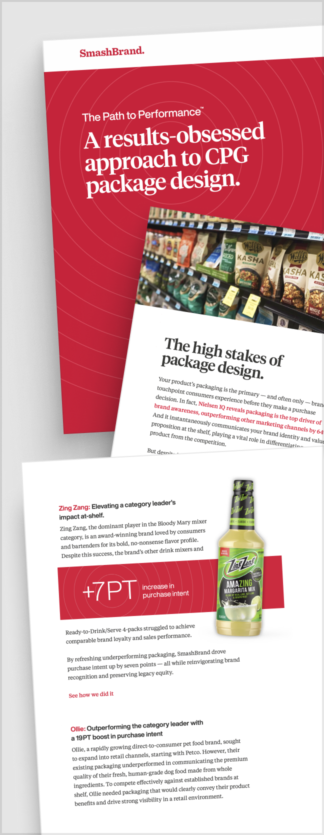
Path to Performance™
Taking a results-obsessed approach to CPG package design.
Learn how SmashBrand’s proprietary process – rooted in scientific principles, informed by data, and validated by your target audience – takes the guesswork out of package design and delivers guaranteed results.
"*" indicates required fields
Real-world examples of structural packaging design.
A good CPG packaging design must be functional, efficient, and enhance the consumer experience. When structural design is done right, it makes the product iconic, practical, and more valuable on the store shelf. Here are three standout examples of innovative packaging that transformed entire product categories.
The pringles effect.
Traditional food packaging for chips is usually flimsy bags filled with air and broken chips. Pringles introduced modern packaging design with a rigid box in the form of a cardboard tube, designed to:
- Prevent breakage – the stackable shape eliminates crushing.
- Maximizing storage – the minimalist vs maximalist packaging debate? Pringles nailed minimalist efficiency with a compact form.
- Enhancing branding: Unlike chip bags that crinkle and collapse, Pringles’ structure ensures a consistent brand presence on every store shelf.
The stand-up pouch boom.
The stand-up pouch has become a game-changer in many categories, from snacks to detergents. Unlike traditional cardboard boxes or plastic containers, these pouches offer space efficiency, sustainability, and consumer convenience.
The rise of luxury packaging design has also embraced stand-up pouches. High-end brands use modern packaging designs with matte finishes, minimalist layouts, and premium textures, proving that flexible packaging isn’t just functional—it elevates brand perception.
Retail-ready packaging matters.
Retailers prioritize brands that make their lives easier. Retail-ready packaging (RRP) is designed for efficiency—ready to open, stock, and sell with minimal effort. A winning packaging design in RRP includes:
- Displays that work as both packaging and marketing.
- Balancing bold shelf presence with practical efficiency.
- Often reinforced with cardboard for strength while remaining easy to open.
For example, high-end confectionery brands use luxury packaging design with foam inserts inside rigid boxes to create a premium unboxing experience while ensuring the store shelf display is pristine.
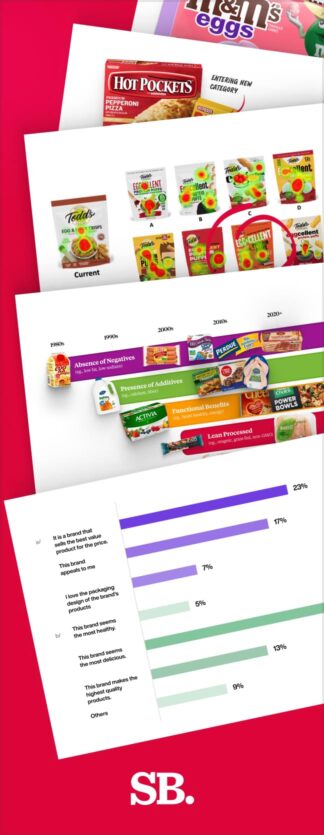
Nice Package
Don’t miss out on our monthly newsletter Nice Package!
Each month, we deliver a data-driven newsletter directly to your inbox, unpacking a critical topic in the FMCG & CPG industry.
"*" indicates required fields
Subscribe to
Nice Package.
A monthly newsletter that unpacks a critical topic in the FMCG & CPG industry.
Free Resource.

CPG product repositioning guide.
Explore the five undeniable signs your CPG product needs repositioning along with strategies for leveraging consumer insights for a guaranteed market lift.
Learn More About CPG product repositioning guide.
